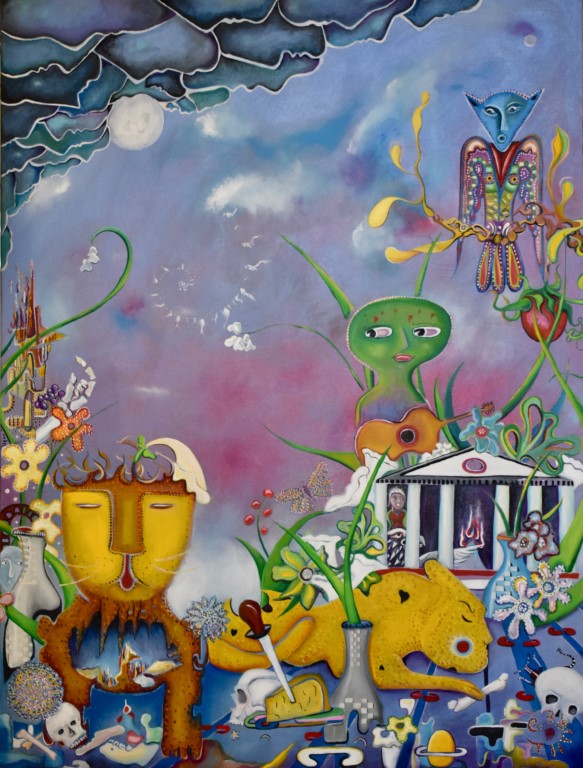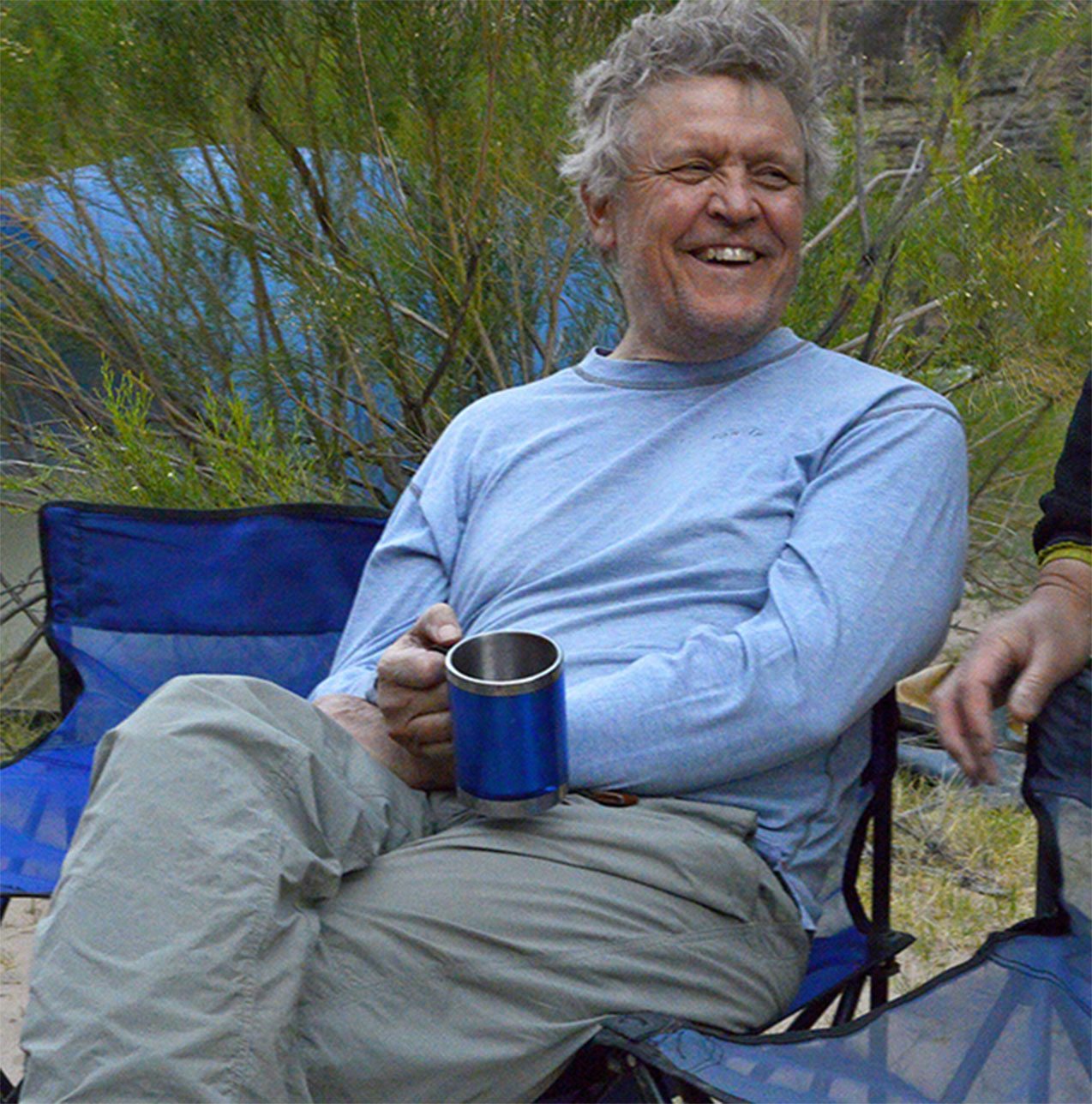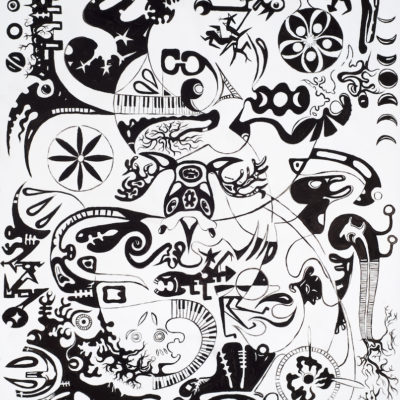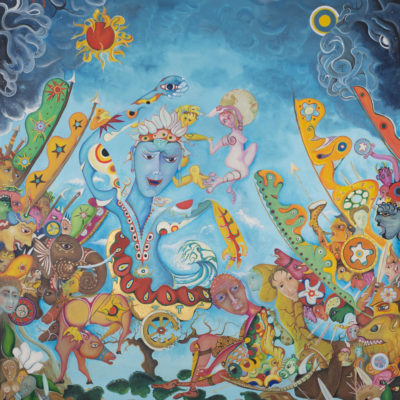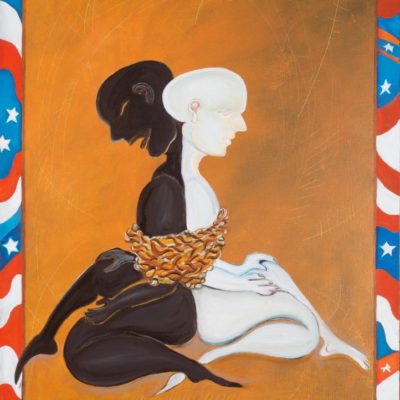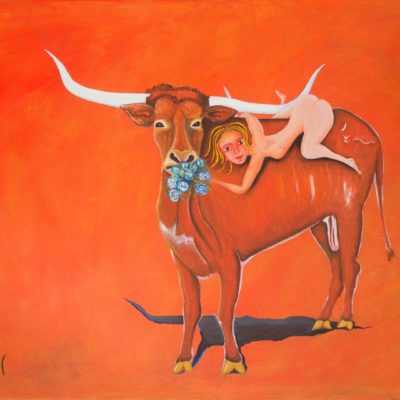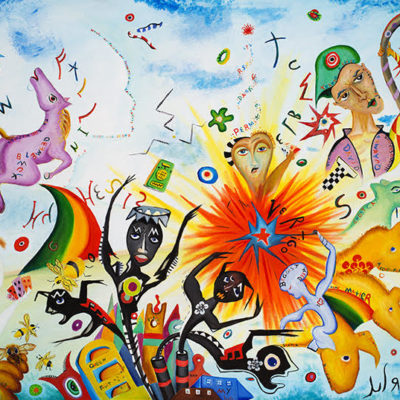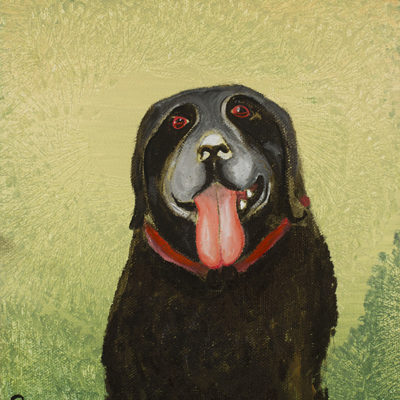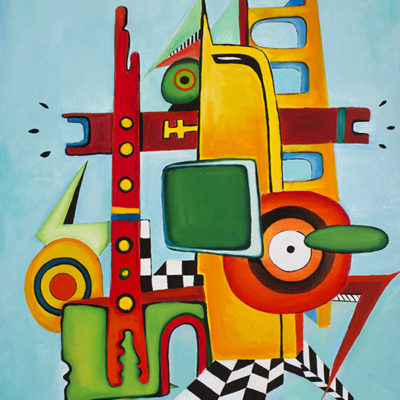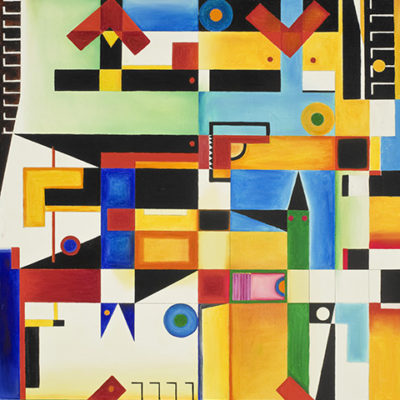Richard Hagerty
American Surrealist
Surrealism provides the inspiration for Richard Hagerty’s art, from his earliest dream-based watercolors of the 1970’s to his striking and brilliant watercolors of today. One of the seminal modernist styles of the 20th century, surrealism started as a literary and intellectual movement in Paris. The movement was expansive, psychoanalytical, experimental and pluralistic – an ideal fit for Hagerty’s world view.
Through his art, Hagerty brings to life the essence and visions of the conscious, the unconscious, and the imagination. His work collapses the laws of space and time and sweeps the viewer into his extraordinarily vivid dreams, his fascination with myth and symbols, and his infinite curiosity about, and experimentation with, color and form. His paintings are figurative, intensely emotional, evocative, whimsical, at times dark, and demand an immediate devotion to the images on the canvas as well as the artist’s psyche.
Click here to listen to an interview with Richard Hagerty in Walter Edgar’s Journal.


